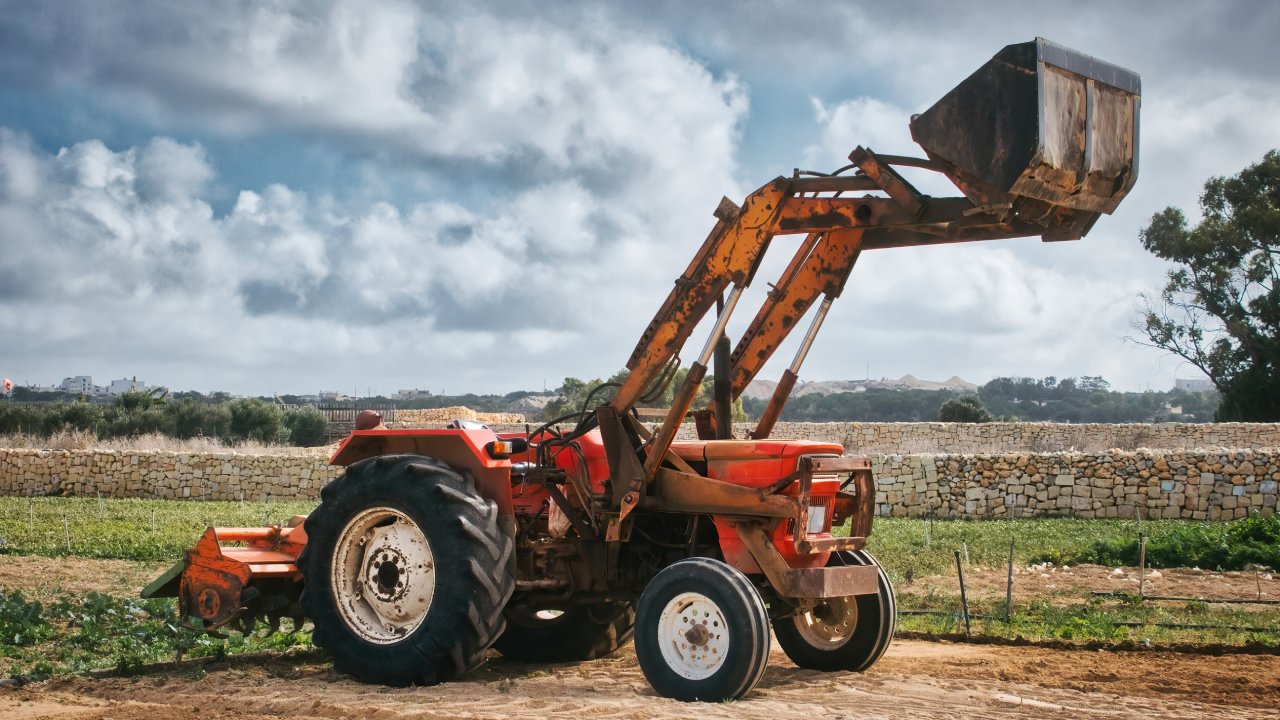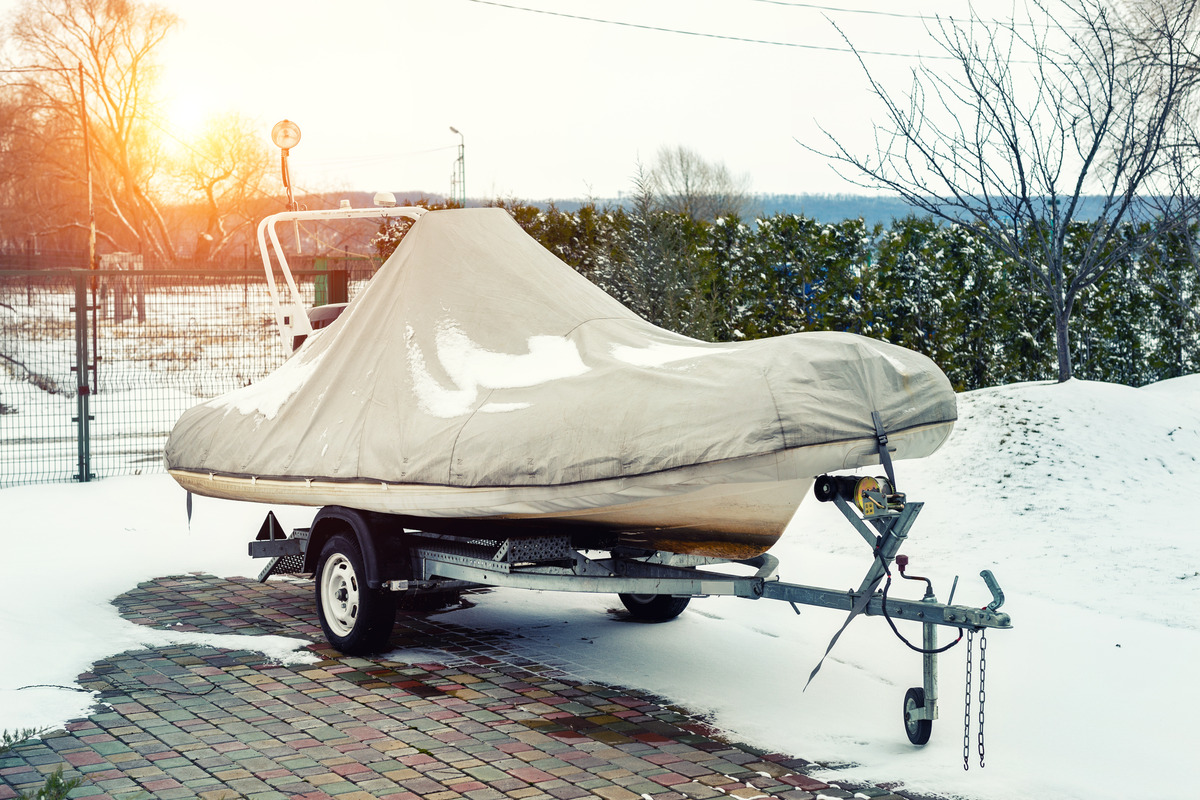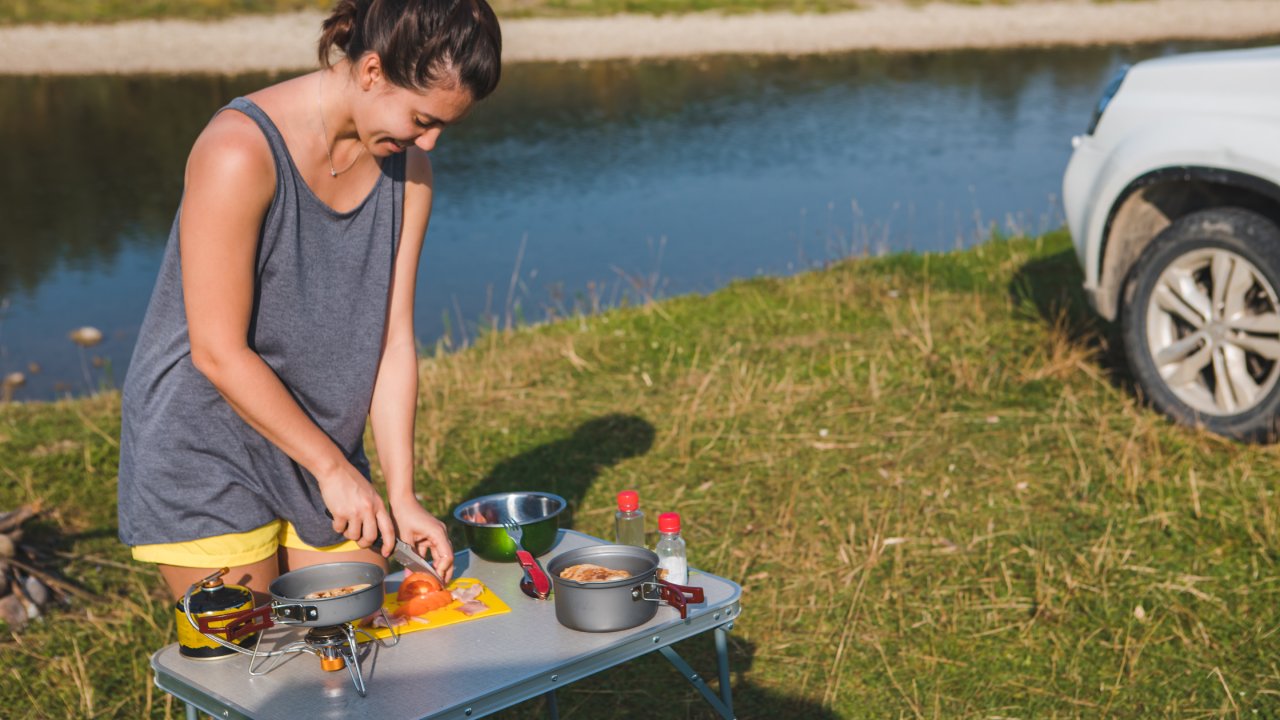Identify the potential dangers in welding and take the necessary steps to stay safe. Check out this breakdown of the most common welding hazards.
Author: Dianne Pajo
Dianne Pajo is a writer based out of the Chicagoland area with a passion for music, combat sports, and animals. She enjoys competing in amateur boxing and kickboxing, but in her other leisure time, you can find her performing music around the city. She is also a dog mom of 2.
Multipurpose Farming: Top 5 Attachments for Tractors
Get the most out of your tractor with versatile attachments for multipurpose farming. Discover the best tools to improve efficiency and productivity.
How To Protect Your Boat From Ice Damage During Winter
Get your boat ready for winter with these essential steps. Protect against ice damage and ensure your vessel stays in great condition for the next season.
How Custom Expansion Joints Improve Operational Efficiency
By providing tailored solutions for piping systems, custom expansion joints enhance performance and increase operational efficiency in demanding environments.
4 Easy Meals for Off-Road Camping Adventures
Enjoy good food with these easy meals for off-road camping adventures. Check out these simple, flavorful, and fun ideas for your next excursion.





